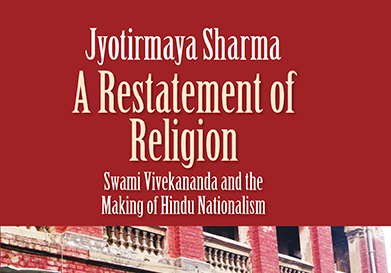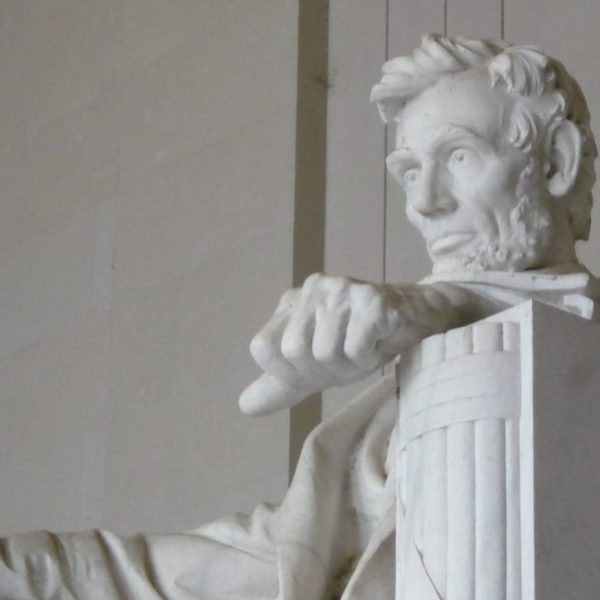The Seeds of Spirituality: Swami Vivekanada and Indian Mysticism
One morning in 19th-century India, the followers of Sri Ramakrishna were gathered for breakfast. Ramakrishna, a mystic and spiritual teacher, had died the preceding year, and a monastic order had been established with his followers continuing in their devout practice. One devotee, the future Swami Vivekanada, began to “playfully imitate” a trance-like state, pretending to be the late Ramakrishna. After a few moments, he opened his eyes and in his old Master’s drawl said, “I—am—all—right.” Everyone laughed in recognition. For Vivekanada, Ramakrishna’s trance-like states were mere hallucination — he had a different notion of religious devotion — and as Vivekanada rose in influence, so did his reinterpretation of Indian mysticism.
 This episode is how Jyotirmaya Sharma begins his book, A Restatement of Religion — the third book in Sharma’ s series on Hindu identity and Indian religion. Sharma brings to life the practical and philosophical differences between the Ramakrishna and Vivekanada, and in doing so we find what was at stake in this period for spirituality and politics in India.
This episode is how Jyotirmaya Sharma begins his book, A Restatement of Religion — the third book in Sharma’ s series on Hindu identity and Indian religion. Sharma brings to life the practical and philosophical differences between the Ramakrishna and Vivekanada, and in doing so we find what was at stake in this period for spirituality and politics in India.
The story of these two men is the story of the shaping of religious and national identity. In the hands of Vivekanada, those two identities are inseparable, each reinforcing and playing off the other under the leader’s particular vision.
Vivekananda’s vision was complex and sometimes paradoxical. In his mission to create a distinctive Hindu identity, he self-consciously absorbed specific principles from Greek or modern European sources. While Ramakrishna embraced Kali and feminine deities, Vivekanada transferred emphasis to the masculine Shiva, and his devotees followed suit.
Toward the end of the book, Sharma includes an anecdote that illustrates the deep divergence between Vivekanada and Ramakrishna. Ramakrishna asks Vivekanada: if he were a fly trying to drink from a cup of syrup, where would he sit? Vivkanada replies, “I would sit on the edge of the cup and stretch out my neck to drink it.” That way he would not dive into the syrup and drown. Ramakrishna replies that this is not the nature of the spiritual nectar, the Nectar of Immortality. “Man does not die from diving into It,” he says. “One the contrary he becomes immortal.”
As Sharma describes, the contrast is between two ways of dividing spirituality and the rest of the world. Ramakrishna immersed himself in “the syrup” of spirituality and kept ordinary concerns at a distance. Vivekanada, on the other hand, sat on the edge of the glass and “sought to perceive the whole gamut of human activities through religious bifocals.” In the latter perspective, all things are brought through reason into the sphere of religion, and religion itself is a rational exercise. That approach will have wide-reaching implications for politics and spirituality which Sharma explores.




